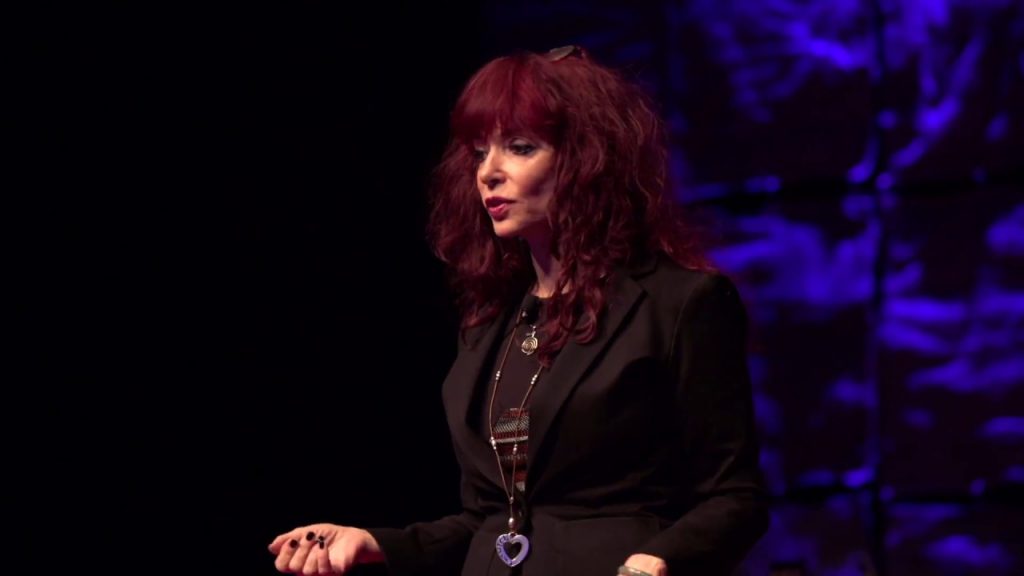
When you hear the word abuse, what do you think of? A man physically abusing a woman or a person who isolates and belittles their romantic partner? What needs to be discussed more is how friendships can also become abusive. An “abusive friend” may seem like an oxymoron because we are taught that our friends mean well and do what’s in our best interest. Like abusive romantic relationships, abusive friendships start out looking great on paper. You meet a new friend, who compliments you a lot and is eager to hang out with you. The same person who said that they will always have your back now makes you feel small. You wonder if you’re being too sensitive or overreacting to their behavior.
That “less than” feeling that you get after seeing your friend isn’t all in your head. People might make excuses for their abusive friend’s behavior at first. Some may not even realize that their friendship is abusive. If you want to know how to tell if your friendship is healthy or toxic, look out for these warning signs.
1. They are Controlling
They tell you who to date, who not to date, how to look, how to talk, how to feel, who to be friends with, who not to talk too, how to spend your money, and what to do. They demand to know every detail about your personal life. When you try to set boundaries, they guilt you and snap.
Good friends don’t treat you like a child, who needs to be micromanaged. Even if your friend doesn’t agree with you they still respect your autonomy.
2. Being Overly Critical
You might want a friend to be honest with you when you mess up on something. But, there’s a line between confronting you and feeling the need to pick you apart. No matter what you do or say, your friend judges you and insults you. Your friend justifies their comments as being “brutally honest” or “just joking around.”
Good friends may tease each other but they won’t say things that undermine your self-confidence. They already appreciate you and don’t feel the need to “fix” you.
[Read Related: Time’s Up Grantee, DVRP, is Recruiting Peer Champions to Empower A/PI Low Wage Victims of Sexual Abuse]
3. They Project Their Personality Traits on to You
If your friend is accusing you of negative things that don’t have anything to do with who you really are, they’re projecting something about them. Your friend calls you stupid when they’re struggling with feeling incompetent. Your friend tells you that nobody likes you when they’re the one who feels unappreciated and friendless. It’s a lot easier for someone to say that you’re the one with the problem instead of admitting, “I need to work on this about myself.”
Good friends don’t act as if they know you better than you know yourself. If a friend needs to give you feedback, they say things that resonate with you.
4. They are Inconsistent
We all are ambivalent and change our opinions on things. Someone who contradicts themselves more often than not is a red flag. Pay attention to how your friend frequently says and does things that don’t add up. They say that they love you one day and talk about how awesome you are, and the next day say they hate you and call you a terrible friend. They complain about you being single but then they try to sabotage your dating life. They tell you that they’re going to support you no matter what but then bail out when you need them the most. Isn’t that confusing?
Misunderstandings happen in friendships but good friendships will overall feel reliable and grounded.
5. They Blame You for Everything
Abusive friends may open about their personal problems, even when they have just met you. When you open up about your problems, they don’t give you the same level of empathy that you offer them. Got cheated on? It’s your fault. Lost your job? It’s your fault. Are your feelings hurt? It’s your fault.
Good friends will know how to uplift you and help you move forward. They will not blame you for the bad things that have happened in your life, because they respect your feelings.
[Read Related: Domestic Violence Awareness Month: Breaking Free from Generations of Abuse]
6. They are Sexually Coercive (It’s Not Just Abusive, it’s Assault)
People associate sexual assault with intimate partners, but I have had clients report sexually aggressive behavior from their own friends. It’s not okay for a friend to repeatedly ask you to get sexually intimate with them, pressure you to have sex with other people, pressure you to be celibate when you don’t want too, fondle you or taunt you by calling you frigid or a whore.
Good friends know that your private life and your body is none of their business.
I am sure that you have heard that it’s never the abused person’s fault in a romantic relationship. The same concept applies to people being mistreated in their friendships. You’re not responsible for how an abusive friend acts towards you. Abusers are the ones who are responsible for how they act. If people get to end romantic relationships that aren’t right for them, it should be okay to keep a distance from friendships that harm your well-being. Letting go of friends who aren’t right for you, creates space for friends who are compatible with you.




